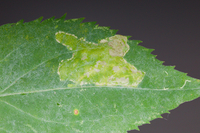
| Recorded by: Jim Petranka and Becky Elkin on 2025-10-06
Madison Co.
Comment: | 
| Recorded by: Jim Petranka and Becky Elkin on 2025-10-06
Madison Co.
Comment: |

| Recorded by: tom ward on 2024-04-15
Buncombe Co.
Comment: | 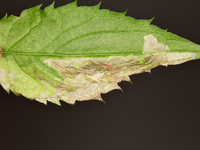
| Recorded by: Jim Petranka and Becky Elkin on 2023-08-21
Yancey Co.
Comment: |
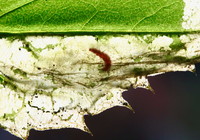
| Recorded by: Jim Petranka and Becky Elkin on 2023-08-21
Yancey Co.
Comment: | 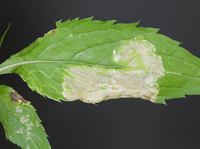
| Recorded by: Jim Petranka and Becky Elkin on 2022-09-18
Yancey Co.
Comment: Occupied mines were on Eurybia chlorolepis; larvae red. |
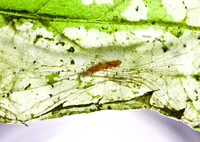
| Recorded by: Jim Petranka and Becky Elkin on 2022-09-18
Yancey Co.
Comment: | 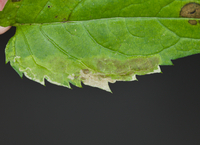
| Recorded by: Jim Petranka and Becky Elkin on 2022-08-17
Yancey Co.
Comment: |
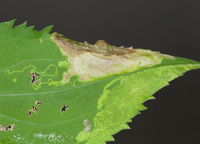
| Recorded by: Jim Petranka and John Petranka on 2022-08-09
Watauga Co.
Comment: | 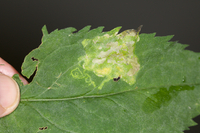
| Recorded by: Jim Petranka and Becky Elkin on 2022-07-20
Mitchell Co.
Comment: |
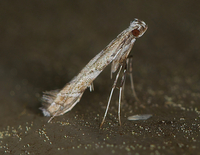
| Recorded by: Jim Petranka on 2022-05-14
Madison Co.
Comment: | 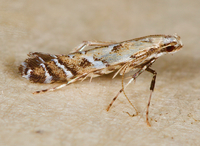
| Recorded by: Jim Petranka on 2022-03-14
Buncombe Co.
Comment: A reared adult from Symphyotrichum cordifolium; mine on Oct 26, 2021; adult emerged on March 14, 2022. |
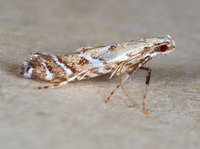
| Recorded by: Jim Petranka on 2022-03-14
Buncombe Co.
Comment: A reared adult from Symphyotrichum cordifolium; mine on Oct 26, 2021; adult emerged on March 14, 2022. | 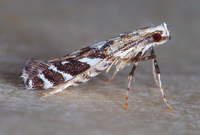
| Recorded by: Jim Petranka on 2022-03-06
Yancey Co.
Comment: An adult that emerged from an overwintering mine that was collected on Oct 14, 2021 (see companion photo of the mine). |
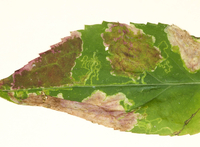
| Recorded by: Jim Petranka and Becky Elkin on 2021-10-25
Buncombe Co.
Comment: | 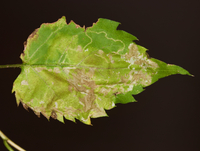
| Recorded by: Jim Petranka and Becky Elkin on 2021-10-14
McDowell Co.
Comment: Occupied mines were on Eurybia divaricata. |
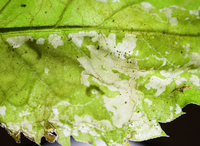
| Recorded by: Jim Petranka and Becky Elkin on 2021-10-14
McDowell Co.
Comment: Occupied mines were on Eurybia divaricata. | 
| Recorded by: Jim Petranka and Becky Elkin on 2021-10-14
McDowell Co.
Comment: A final instar larva from a mine on Eurybia divaricata. |
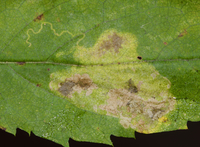
| Recorded by: Jim Petranka and Becky Elkin on 2021-10-14
Yancey Co.
Comment: See adult that emerged after on 2022-03-06 after overwintering in refrigerator. | 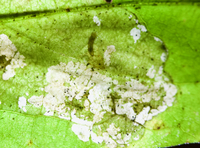
| Recorded by: Jim Petranka and Becky Elkin on 2021-10-14
Yancey Co.
Comment: |
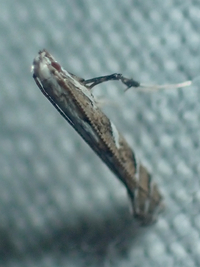
| Recorded by: tom ward on 2021-10-11
Buncombe Co.
Comment: | 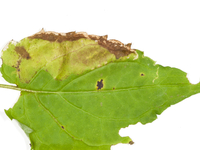
| Recorded by: Jim Petranka and Becky Elkin on 2021-08-30
Yancey Co.
Comment: |
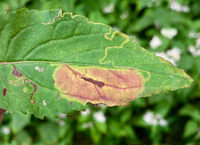
| Recorded by: Jim Petranka and Becky Elkin on 2021-08-26
Yancey Co.
Comment: An unoccupied mine on Eurybia chlorolepis. | 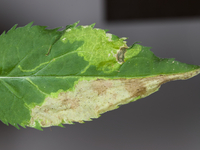
| Recorded by: Jim Petranka on 2021-06-27
Buncombe Co.
Comment: Mines were very common on Symphyotrichum cordifolium and S. undulatum. Most had a linear portion that ballooned out into a vary large, puffy, full-depth blotch. |
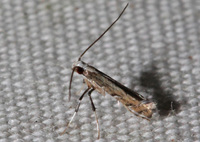
| Recorded by: Harry Wilson on 2013-08-31
Wake Co.
Comment: | 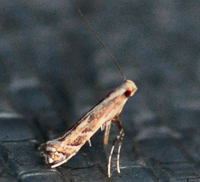
| Recorded by: Kyle Kittelberger on 2013-08-27
Wake Co.
Comment: |
|

 »
»























